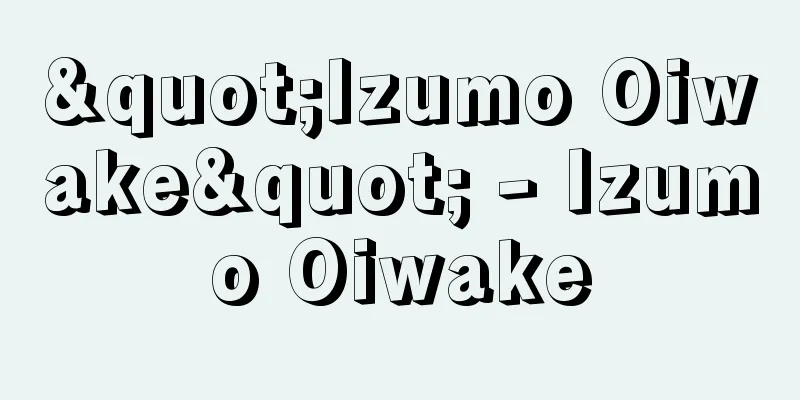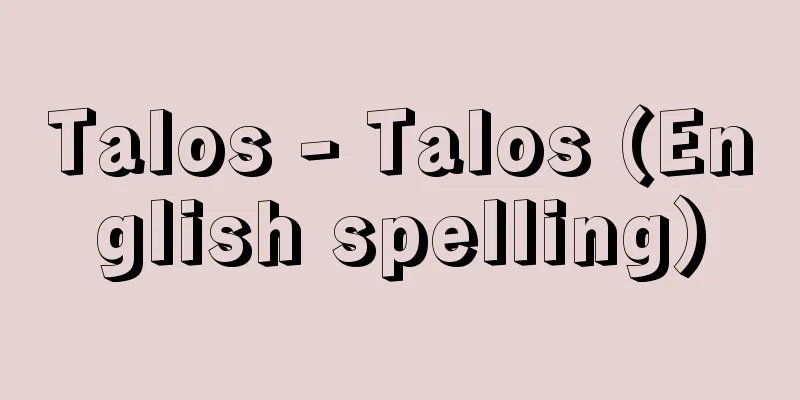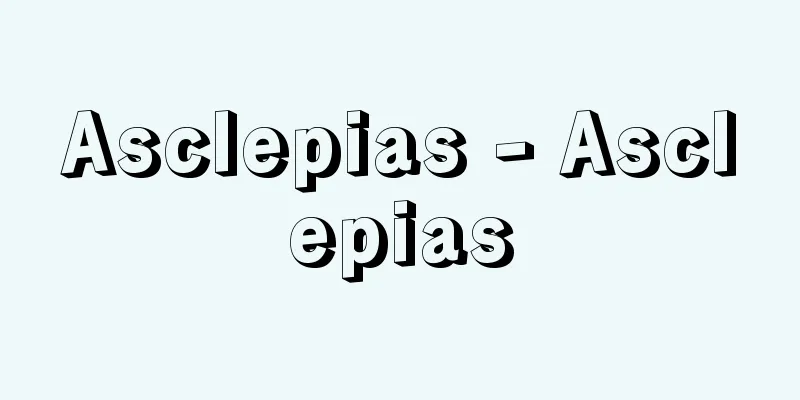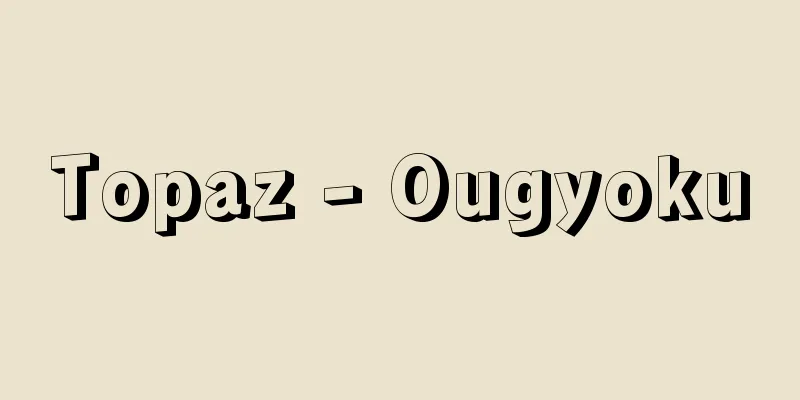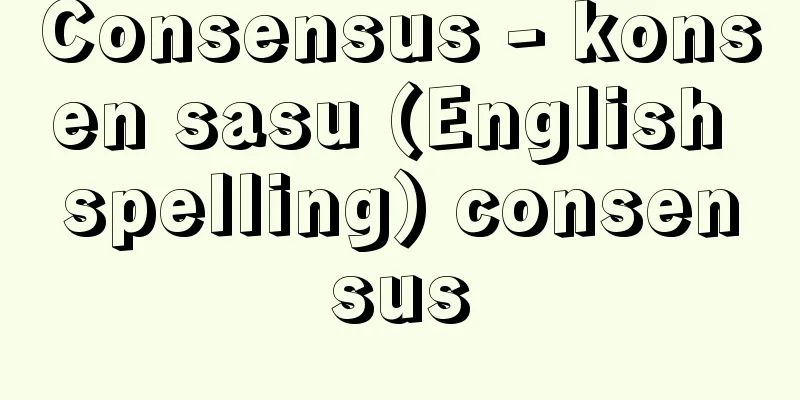Notarized document - Kouseishosho

|
In a broad sense, it refers to a document prepared by a public official in the course of his/her duties that has the effect of publicly certifying facts concerning rights and obligations (Article 157 of the Penal Code, Article 5, Paragraph 1, Item 1 of the Civil Code Enforcement Act; for example, real estate registers, family registers, and resident cards), but more generally, it refers to a document prepared by a notary public at the request of a private individual regarding legal acts or other facts concerning private rights (Article 1, Item 1 of the Notary Public Act). A notarized deed is prepared by a notary public at the request of a private individual or their agent. The notary public first verifies the identity and authority of the requesting individual, then interviews the individual regarding legal acts, etc., or experiences the facts and circumstances directly, and prepares a document of the contents. The prepared document is read aloud or shown to the individual, and after obtaining their approval, the individual signs and seals the document, and finally the notary public signs and seals it. The completed notarized deed is kept as the original at the notary public's office, and an authentic copy can be provided to the individual upon request. Since it is clear from the outside that a notary public prepared it based on his authority, it is presumed that it is genuine as a public document (Civil Procedure Act, Article 228, Paragraph 2). The contents of the document also usually have a strong presumption of veracity in the judge's opinion. In addition, a notarized document (execution deed) prepared for a claim for the payment of a fixed amount of money or the delivery of a fixed amount of substitutes or securities and containing a statement by the debtor that he will immediately submit to compulsory execution becomes a title of debt (Civil Execution Act, Article 22, Paragraph 5), and compulsory execution can be made based on that. There are also cases where a notarized document is required (such as Act on Voluntary Guardianship Contracts, Article 3). Notaries are not granted effective authority or means to investigate the validity of legal acts, etc., or to verify the identity of clients, etc. For this reason, it is unavoidable that notarial deeds are created for invalid legal acts, or that notarial deeds with defects in the creation procedures are established, and disputes often arise over the validity of notarial deeds. [Keiichi Takagi] [References] | | | | | |Source: Shogakukan Encyclopedia Nipponica About Encyclopedia Nipponica Information | Legend |
|
広義には、公務員がその職務上作成した文書で、権利・義務に関する事実を公的に証明する効力をもつものをいうが(刑法157条、民法施行法5条1項1号。たとえば登記簿、戸籍簿、住民票など)、一般には、公証人が私人の嘱託により法律行為その他私権に関する事実について作成した文書をさす(公証人法1条1号)。 公正証書は、私人本人またはその代理人の嘱託を受けて公証人が作成する。公証人はまず、嘱託人等の本人確認および代理権存在の確認を行い、そのうえで法律行為等につき嘱託人等を聴取しまたは事実・状況を直接に体験して、その内容を文書に作成する。作成した証書は嘱託人等に読み聞かせまたは閲覧させて、その承認を得たのち、嘱託人等に署名捺印(なついん)させ、最後に公証人が署名捺印する。完成した公正証書は原本として公証役場に保管され、嘱託人等にはその請求により正本が交付される。 公正証書は、外観上公証人が権限に基づいて作成したことが明白であるから、公文書としてその成立が真正であるとの推定を受ける(民事訴訟法228条2項)。その記載内容も、通例、裁判官の心証に、真実性の強い推定を及ぼす。また、金銭の一定額の支払いまたは代替物・有価証券の一定数量の給付を目的とする請求について作成され、ただちに強制執行に服する旨の債務者の陳述が記載されている公正証書(執行証書)は債務名義となり(民事執行法22条5号)、それに基づいて強制執行ができる。そのほか、公正証書によることが必要とされる場合もある(任意後見契約に関する法律3条など)。 公証人には、法律行為等の有効性や嘱託人等の本人確認などにあたって調査のための有効な権限や手段が認められていない。このため、公正証書が無効な法律行為について作成されたり、作成手続に瑕疵(かし)があるものが成立したりする事態を避けえず、公正証書の効力をめぐって紛争が生じることも多い。 [髙木敬一] [参照項目] | | | | | |出典 小学館 日本大百科全書(ニッポニカ)日本大百科全書(ニッポニカ)について 情報 | 凡例 |
<<: Stellar object - stellar object
>>: Ministry of Health, Labor and Welfare
Recommend
Eckert IV projection - Eckert IV projection
… Equal-area projections are useful for comparing...
FIDE - FIDE
...Famous geniuses in history include Paul Morphy...
Shiokumi
Kabuki dance. Nagauta. Lyrics by Sakurada Jisuke ...
Mesembryanthemum (female fairy) - Mesembryanthemum
A group of succulents from the Vitis family that a...
Pyxicephalus adspersa (English spelling)
… [Takahiro Matsui]. … *Some of the terminology t...
Tsuneki Kurushima
1860 * -1889 A nationalist in the Meiji period. B...
Dryland agriculture
Also known as dryland agriculture or arid agricult...
Stimulant amine - Stimulant amine
A general term for a group of compounds such as am...
Kadono-ryu
The name of a school of Noh performers of the o-ts...
Double helix (double helix) - Niju-Rasen (English spelling) double helix
Also known as the Watson-Crick model, this is a mo...
Citizens - kokumin
A person who constitutes a nation and has the nati...
exinite
… Vitrinite is derived mainly from the xylem of p...
The Century of Japan
A history book written in the late Heian period. ...
The Tale of Raitaro the Evil - The Tale of Raitaro the Evil
This is a yellow-covered book written by Shikitei...
Atobenoisora - Atobenoisora
⇒ Azumino-Isora Source: Kodansha Digital Japanese ...



